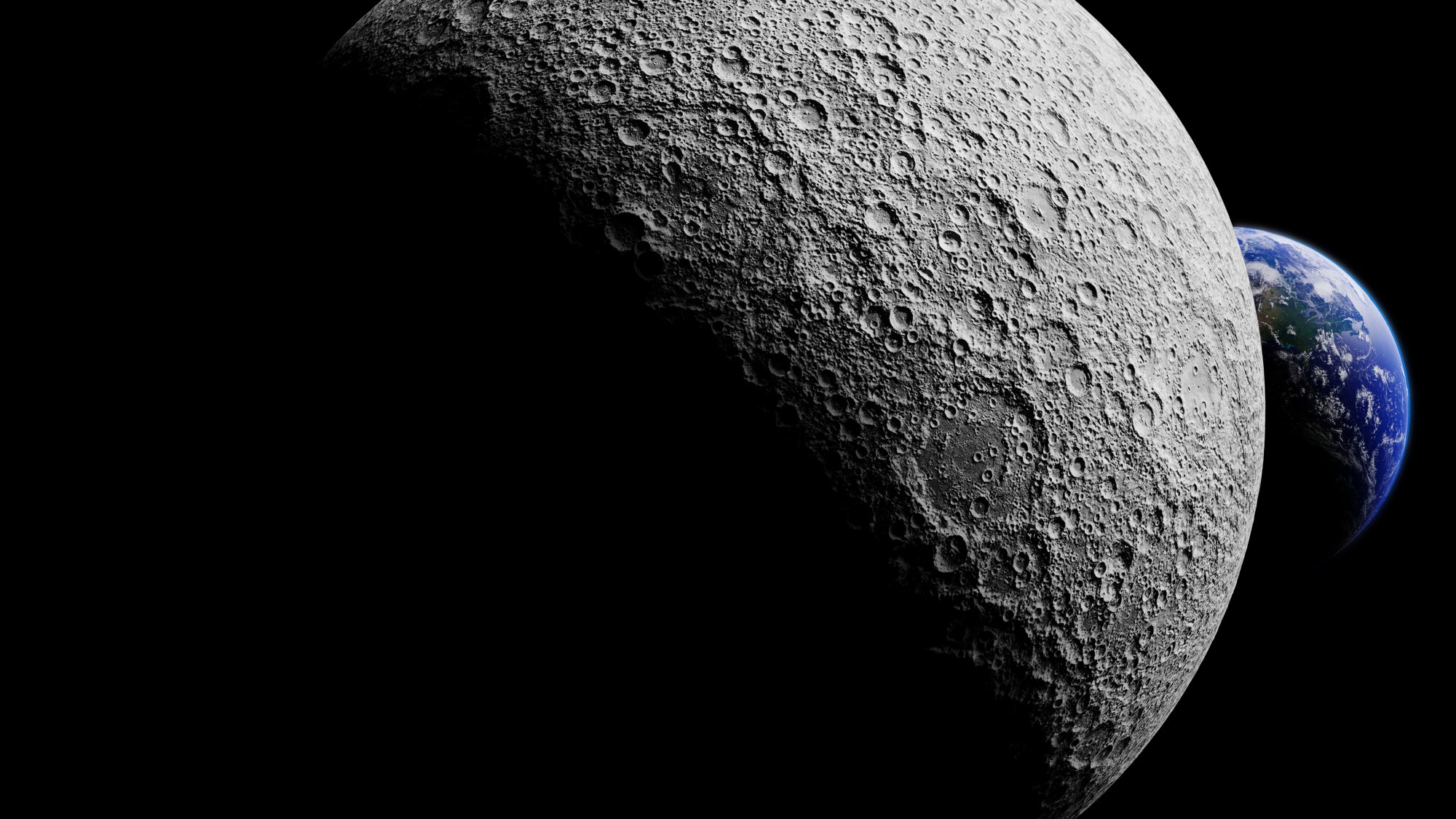
You’re sitting comfortably, drinking a beer, watching “Fly me to the moon” at the summer cinema. Of course you’re a fan of Scarlett Johansson and you remember or know about 1969 and the first time a human set foot on the moon.
You stare blankly into the sky to the sounds of Frank Sinatra’s song of the same name. You see your cell phone. It says July 20th. Birthday.
It’s been 55 years since a human set foot on the Sea of Serenity. The question immediately flashes across your mind: How many times have we been back to the moon?
Well, man has been to the moon six times. The missions that landed on the moon were part of NASA’s Apollo program. These missions are:
• Apollo 11 (July 20, 1969): The first men to walk on the moon were Neil Armstrong and Buzz Aldrin.
• Apollo 12 (November 1969): Charles Conrad and Alan Bean landed on the Moon.
• Apollo 14 (February 1971): Alan Shepard and Edgar Mitchell flew on this mission.
• Apollo 15 (July 1971): David Scott and James Irwin landed and operated the first Lunar Rover (LRV).
• Apollo 16 (April 1972): John Young and Charles Duke landed on the Moon.
• Apollo 17 (December 1972): Eugene Cernan and Harrison Schmitt were the last people to walk on the moon.
These missions took place between 1969 and 1972, and are the only times humans have set foot on the Moon.
Why haven’t we been back for half a century?
The reasons for not sending manned missions to the Moon since 1972 are varied, and include economic, political, and technological factors:
Financial cost
The Apollo missions were very expensive. The total cost of the program is estimated to have exceeded $25 billion (equivalent to about $150 billion today).
After the success of the first missions, funding for the program declined dramatically as the United States turned to other priorities, such as social spending and the war in Vietnam.
Overall, the Apollo missions were very successful—and very expensive. At their peak, NASA consumed about 5 percent of the total federal budget, and more than half of that went to the Apollo program.
Adjusted for inflation, the entire Apollo program would have cost more than $260 billion in today’s dollars. If you add in Project Gemini and the robotic lunar program, which were necessary precursors to Apollo, that number rises to $280 billion.
Lots of money for a few hours of moonwalking.
Political priorities
During the 1960s, the Space Race was a major factor in the Cold War between the United States and the Soviet Union.
After the successful landing of Apollo 11 in 1969, the United States demonstrated its superiority in space, and political pressure for more missions diminished.
Technological challenges
Although the Apollo missions were technologically advanced for their time, there were still significant challenges and risks to the safety of the astronauts.
NASA has had problems developing new technologies to support manned missions beyond the moon.
Shift to other goals
After the Apollo program ended, NASA focused on developing the Space Shuttle and building the International Space Station (ISS).
These programs require significant resources and attention.
New Space Policies
In recent decades, space policies have focused on exploring Mars and other planets, as well as developing technologies for long-duration manned missions.
Are we not going to the moon again?
NASA plans to return humans to the Moon by 2024 through the Artemis program. The Artemis 2 mission will be the first crewed mission to send astronauts into lunar orbit in more than 50 years. The mission will involve four astronauts flying aboard the Orion spacecraft and the Space Launch System (SLS) rocket.
On January 9, 2024, NASA announced that it was postponing the Artemis 2 mission, the first crewed flight of the Space Launch System (SLS) and Orion capsule—the vehicles designed to send astronauts into deep space. The flight was extended from late 2024 to no later than September 2025. This was due to some safety issues that needed to be resolved on Orion. These caused another delay.
Thus, the Artemis 3 mission, which is supposed to include the first crewed landing on the moon since 1972, will not take place before September 2026. Artemis 3 is scheduled to use SpaceX’s Starship spacecraft as a two-crew lander.
It aims to land astronauts on the Moon, including the first woman and next man to set foot on the Moon. This mission will use innovative technologies to explore more of the Moon’s surface than ever before.
The primary goal of the Artemis program is to establish a long-term presence on the Moon, paving the way for future missions to Mars and other planets.
International Competition
China, along with several other countries, including Russia, is also preparing to develop a human lunar base, called the International Lunar Research Station (ILRS). Beijing and its partners will also include private sector actors, governmental organizations, and non-governmental organizations.
The Chinese program’s first human missions to the moon are expected to take off by 2030. Among the places they want to land is the moon’s south pole. NASA also wants to land there, but few of Beijing’s options match the sites chosen for Artemis.
The South Pole is a target for both the United States and China because both countries want to extract water ice hidden in craters there. This water could be used to support life on lunar bases and to produce rocket fuel, helping to reduce the cost of space exploration.
Space programs are never on time, and delays are normal. Space agencies are more cautious these days, even more so than before, because there are quite a few tragedies in the past that make them think twice before launching people into space.
Crew safety is imperative and must always be the first priority.
Space has never been easy, as evidenced by the many unmanned missions to the Moon over the past 12 months—both government and commercial—that have failed. But perhaps it’s better to fail now as we prepare for the next chapter in human history.
The Moon will soon see humans on its surface again, but they will be working and living on a regular basis. When people return there, this time they will be staying…

“Avid problem solver. Extreme social media junkie. Beer buff. Coffee guru. Internet geek. Travel ninja.”





More Stories
In Greece Porsche 911 50th Anniversary – How much does it cost?
PS Plus: With a free Harry Potter game, the new season begins on the service
Sony set to unveil PS5 Pro before holiday season – Playstation